
Elden Ring (PC) - Review
by Paul Broussard , posted on 24 March 2022 / 5,140 ViewsThe year of the sandbox rolls on with Elden Ring, and let me just say that if the industry has officially moved to open world as the go-to format for series looking to reinvent themselves, I’d really appreciate it if we could space them out a little better. Having to follow up a 30+ hour game in Horizon with a 60-70 hour game in Elden Ring is, to a reviewer, the equivalent of putting a fresh stack of pancakes right in front of someone who just polished off the previous stack. They might be some delicious pancakes, but man I am so stuffed I might have developed type-sandbox diabetes.
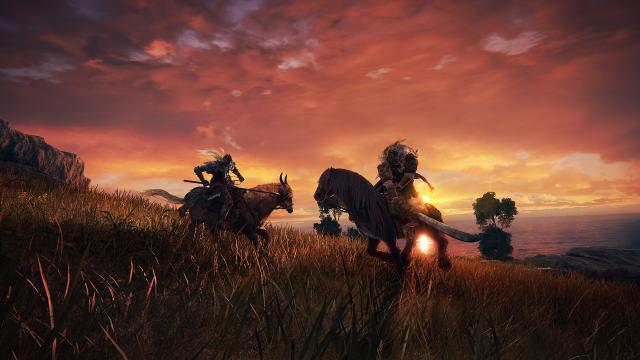
Knowing where to start with a game as absolutely massive and ambitious as Elden Ring is certainly isn’t easy, but the premise seems as good a place as any. The lore is actually (mostly) surprisingly straightforward for a FromSoftware venture. The Lands Between were once ruled by the godlike Queen Marika, who through various marriages gave birth to a number of demigod children. A power struggle between demigods ensued for who would rule the land after, and the resulting war shattered the land and left much of it in tatters. As a last ditch attempt to restore it, the Queen’s spirit has summoned various undead Tarnished to the land, in the hopes one of us can break the stalemate, ascend the throne, and become the new Elden Lord.
If you’re familiar with FromSoftware games then the beginning of Elden Ring will probably feel like putting on a comfy, well-worn jacket; a jacket filled with thumbtacks and maybe a live hand grenade. After the tutorial area, including the prerequisite boss that just bashes your face in to spite you, the game dumps you out into the overworld with little direction beyond a vague instruction to follow the lights emanating from various bonfires (Sites of Grace). Except this is a lie, because if you do this you’ll eventually end up at the first major story boss significantly underleveled and get absolutely stomped into paste.
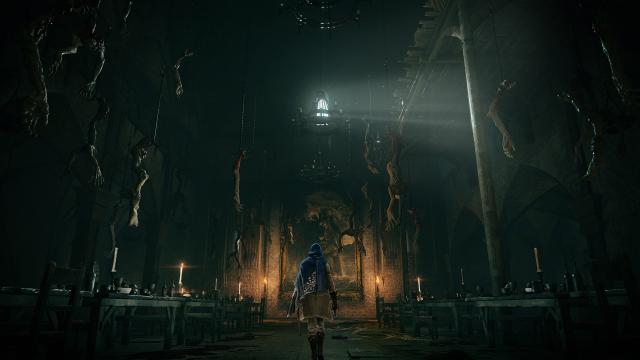
And this is where the first hiccup is likely to emerge for new players who saw the 96 Metacritic score and immediately jumped on board; Elden Ring does very little hand holding. If an area is too difficult for you, the game isn’t going to restrict you from going there. There will be no warnings, nor will there be any NPCs telling you that you’re underpowered. Like the Souls games, it will be up to you to recognize when you shouldn’t be there yet and look to make progress elsewhere.
It’s an approach to design that resonates with me heavily, as it makes the world feel very natural. There aren’t many developers like From that are willing to be this hands off with their game design, and it’s a significant risk to take. Players can (and will, at least going off of what Twitter looked like in the few days surrounding this title’s release) get frustrated, and some will even put it down. But if you’re willing to get over that initial hurdle you’ll find a world that feels free in a way few other releases do. You’ll rarely be told where to go, or what to do, or what to expect. It’s an unfettered sense of adventure that I don’t think many other games reach.
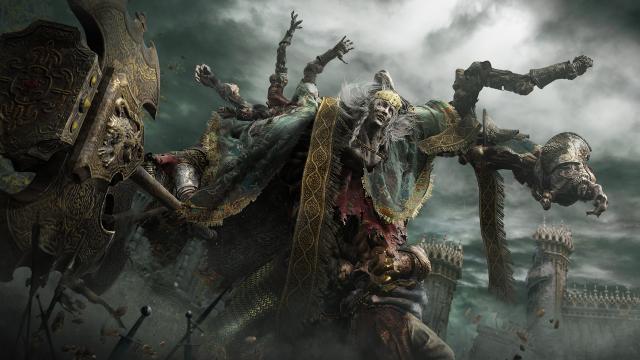
Having said that, I do think there is a limit to how much stuff a game can get away with not explaining, and it’s a limit that I think Elden Ring oversteps in a couple of places. One such location is with the summoning mechanic, which is one of the big new gameplay features, whereupon players can expend a portion of some resource (usually magic) and summon an NPC to fight alongside them. It’s an incredibly useful tool - one that can downright break the game with enough investment - and easily one of the biggest ways that From has made Elden Ring more accessible than prior releases. And so of course it’s only unlockable if you fast travel back to a certain Site of Grace that you have no reason to go back to at a specific time of day. Similar examples exist of a more spoiler heavy variety.
The big new feature of Elden Ring is, of course, the overworld. Whereas prior Souls titles relied on more Metroidvania-esque level design throughout, Elden Ring has an absolutely massive overworld with occasional more traditional Souls-like castles and fortresses spread throughout. It’s hard to not commemorate the sheer amount of stuff in the overworld; it’s absolutely packed to the brim with meaningful things to find. The various regions of the Lands Between are littered with minibosses, structures to explore, NPCs to discover, and even entirely optional “dungeons” of reasonable scale.
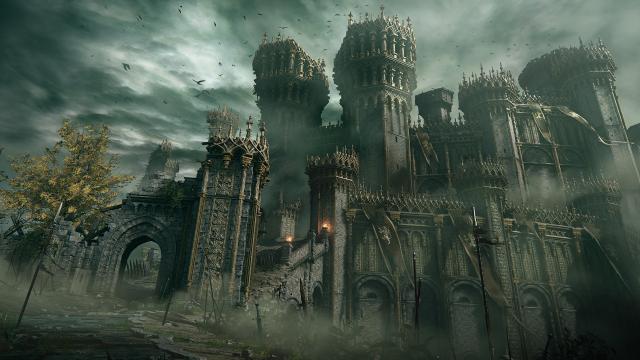
This is what I would like to see more of from modern overworld design, and it’s one of the few open world titles in recent memory where the world almost always felt worthy of its size. Too often, open world games contain vast portions of nothing but empty space, which ends up making traveling between locales feel less like an adventure and more like a commute. Elden Ring, conversely, has so much stuff in it that this very rarely happens. Even accounting for the reused minibosses, it’s amazing how much content is packed into this release. You’ll have trouble traveling more than a minute or so in any direction without stumbling onto something that piques your interest.
I haven’t even really touched on the main castle areas yet in this review, and they probably deserve the most attention. Each of these is spread throughout the map and generally contains a different major boss, often one of the demigod children. These function much more like traditional Souls-ish areas, but I think they're a little more hit or miss. Some of them are really, really good, like a city area that has very Bloodborne-esque design. Others, like a certain lava fortress, are just… annoying. There’s also a very heavy reliance on the “poison swamp” trope, or poison’s new and even more obnoxious counterpart, Scarlet Rot, which functions like poisoning except it drains health faster and takes about five times as long to go away. At this point I’m kind of expecting the next From game to have a status effect that just deletes System 32 when the gauge fills up.
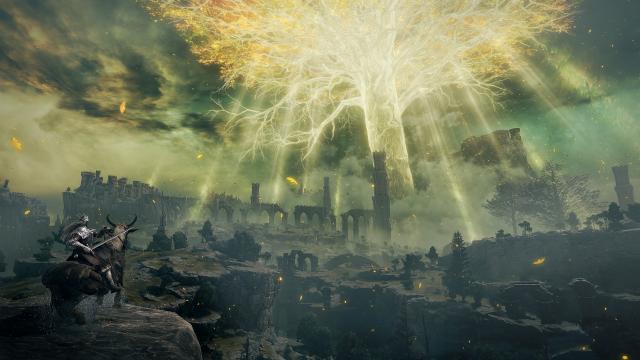
Boss encounters, on the whole, have taken a step back from recent From offerings, particularly Dark Souls 3 (in my mind still the peak of the franchise from a boss quality standpoint). The second major boss I encountered was such a mechanically shallow and undemanding one that I thought the game was just pranking me to set up for a second phase... which it was, it just turned out that the second phase wound up being an absolute pushover too. Late game bosses also have a tendency to adopt some of Dark Souls 2’s worst tendencies, such as making enemies that are so tall that the camera doesn’t adequately show you what they’re doing when you get close, or throwing duo bosses at you that requires baiting them both into exhausting all their attack patterns at once so you can land a few hits before rolling away and repeating the process.
In fairness, there are a lot of really good bosses too. The aforementioned first major boss is a show stopper, and there’s a particular encounter about 75% of the way through the game that I think will likely wind up in my Top 5 all time From bosses. My favorite boss from a story standpoint is one that was so interesting I had to stop and look up all his lore after I finished. But it’s also unfortunate how many of the really good bosses are optional, and how many of the less than stellar ones are mandatory. There’s an incredibly intricate late game optional boss that has already become infamous for its difficulty even by Souls standards, and after going back and beating them I found myself wondering why this wasn’t substituted in for one of the much less fun mandatory late game bosses.
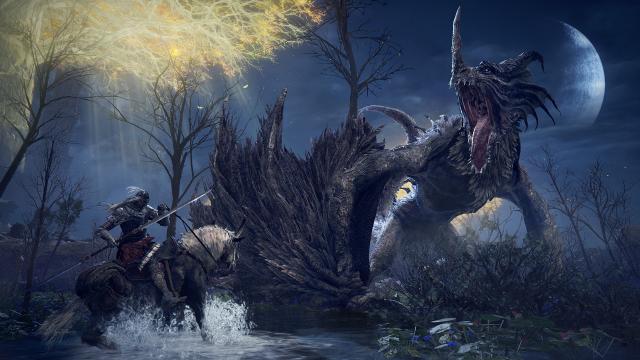
One element that is vastly improved is how much stuff you have to play around with. The sheer amount of tools and ways to build your character is incredible, and immensely rewarding to try out. The weapon arts system from Dark Souls 3, arguably the most underdeveloped and underutilized part about that game, is back and now basically functions like it should have in the first place. You can combine different weapons with different arts (or Ashes of War, as they’re now called) to create some very interesting combos. I’ve never been a huge magic player in Souls games, but some of the spells looked so much fun I had to give them a shot too when I started up my second playthrough.
Other tools have been added to make certain oft-underutilized tools and abilities more appealing. Shields, for instance, now have a counter ability to accompany the more traditional parry. Pressing heavy attack shortly after an attack lands on your shield will respond with a quicker stronger attack than you would get from pressing heavy attack normally, giving the player some increased ways to transition from defense to offense. There’s a much greater variety of talismans (which replace the more traditional rings), adding to the ways you can customize your build, along with a single use “Flask” that can grant the player a temporary boost in a few areas depending on what they find most useful. These can range from negating all magic use for a short time, to increasing strength for a while, to making health slowly regenerate.
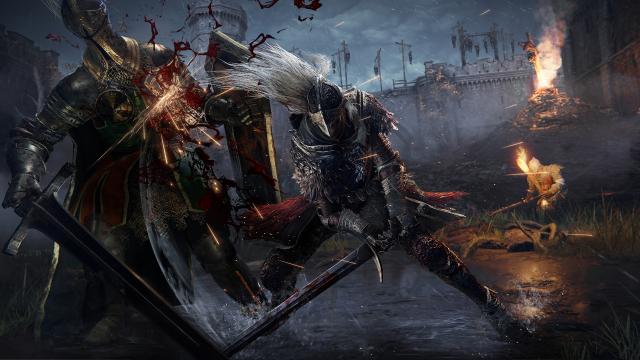
The downside to a system with this much variety, however, is it’s nearly impossible to balance properly, and boy does this show up. Souls titles have always had a couple of elements to them that wound up being rather overpowered, but it’s hard to go very far in Elden Ring without stumbling onto something that can break the game with proper investment. Magic is frankly absurd. One of the earliest weapon arts I discovered was enough to stunlock any non-boss enemy in place for the first 30 or so hours of the game (as well as some bosses). Most NPC summons are designed reasonably well, but there are a couple that are so ridiculously strong and/or tough that I felt like I was the summon and they were the main player.
I also don’t think it’s a great sign when I as a player have to go in and start balancing the game to make it harder for myself on an initial playthrough. Accessibility options are good, but I don’t think the way to provide more accessibility should be to make certain weapons unsatisfying to use. There’s a certain easy to acquire spell that I nabbed on my second playthrough which I affectionately named my “Death Star Laser”; it absolutely evaporates bosses with a relatively average effort on the part of the player. In fairness to Elden Ring, basically every Souls title has given you the ability to easily win the game through use of player summons (so long as you have access to the online features), but at least that is something you actively have to pursue knowing full well that you’re asking for the game to be made substantially easier, whereas it’s entirely possible to just stumble into being overpowered here.
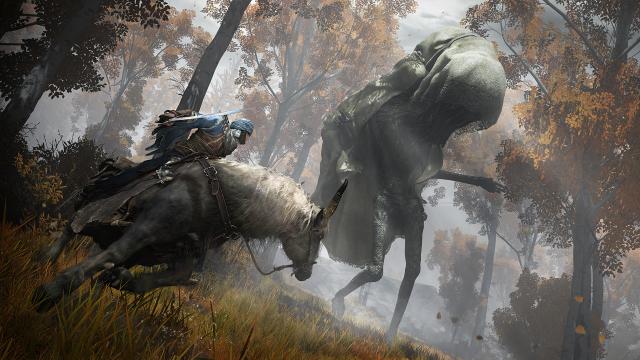
Speaking of online components, there are a few notable changes to the usual invasions/summoning process. The items to summon friendly players for co-op are far more readily available and can be crafted out of materials you find lying around. It should be noted, however, that summoning isn't quite the exclusive boon it used to be; enemies' health will be raised to compensate for the number of players involved, so co-op is less about bailing people out and requires more working together. The PvP side of things has had some alterations made to make it much harder for the invader too; invaders are far more likely to be directed to worlds where multiple people are playing (and the invader's health is not boosted to compensate). The PvP "meta" as it were is still kind of a mess, but that is more or less always the case with From's games. Just expect the usual degree of uneven balancing if you head online.
For what it's worth, From has already released a number of patches to address some of the balancing problems, both for online and offline play alike, so it’s possible some of these complaints have already been mitigated to a certain degree. At the very least one of the summons mentioned earlier has apparently been nerfed substantially, although without the time to complete a full second playthrough it’s hard to say how much. More of these balancing issues may ultimately be addressed over time, possibly resulting in a game that feels much more even for all build types. At the time of the playthrough for this review, however, Elden Ring’s difficulty curve felt less like a consistently ramping up challenge and more like a choose your own adventure book.
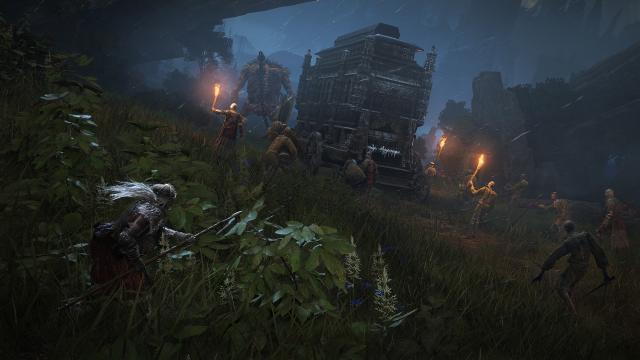
What is great are the sheer number and variety of NPC questlines this time around, which give you a frankly staggering number of largely unique and interesting characters to engage with. What I find most interesting is that many of them are in the same position as you; individual Tarnished chosen to become Elden Lord too, pursuing the game goal. Some even make it clear they intend to compete with you for that spot as the game goes on, which makes the world feel that much more dynamic and alive. Beyond that, in standard From fashion, they serve as a great way to disseminate lore. We listen to NPCs because we get invested in them as characters, which results in us discovering more about the larger world as the scope of their story expands, leading us to become more invested in the world by proxy.
And speaking of that world, it is a beautiful one. The art direction on display is very aesthetically appealing, and many of the environments are just gorgeous, even on the less than ideal quality I had to make my PC run it on to accommodate the less than superb PC port. One thing I’ve always admired about From releases is how basically everything you see can be explored; there’s almost never anything included that’s just there as a skybox or something to just make the world look cool. Getting to survey an environment organically, spot a tower or some such in the distance, and make my way over to explore it is a fantastic experience, and one amplified by just how pretty the environment is to take in.
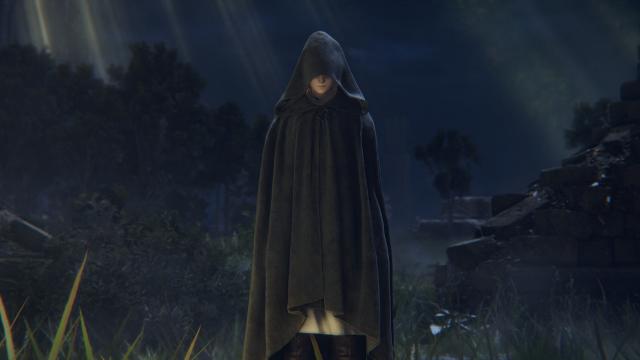
One final element worth noting is the PC release I referenced in the previous paragraph. It's still not great. If you do opt for PC, and your hardware doesn’t immediately cry for mercy when asked to run the game, you’ll likely encounter inconsistent framerates, screen tearing, stuttering, and some glitches as well. At one point I rolled away from an enemy, only to get stuck in the floor and be unable to move. Twice I attempted to mount my horse, only for the horse to suddenly vanish and my character become stuck in a permanent thrusting animation mid-air, as if he could no longer contain his affection for the atmosphere. Another point saw a boss jump on top of a fence and then proceed to float away into the air before disappearing entirely and dying off screen, although that could admittedly be an issue on any platform. Either way, do keep in mind that if you do go PC, you won’t have a completely technically perfect experience.
There’s no question in my mind that Elden Ring is a great game, and an early leading contender for game of the year. The pertinent question may be "how great?", and that’s a little tougher to answer. If you're primarily focused on having a huge open world with more than enough content to match, and plenty of variety amongst weapons and skills to build and develop a character, then Elden Ring may exactly what you have always wanted in a game. If you’re here more for the traditional Souls-like elements - challenging yet satisfying bosses and rock solid level design - then I think Elden Ring is a game that has its ups and downs, especially towards the end. Overall, it’s hard not to be excited by what From has created here, and I’m very interested to see what heights this style of game can reach with a little more polish and refinement.
VGChartz Verdict
8.5
Great
This review is based on a digital copy of Elden Ring for the PC
More Articles
It's a great game, I really love it and sink way too uch time into it. I also think it's design choices may be reflected in future games, open world or not, as it shows a way to create an interesting experience.
I'm really liking it a lot so far, but I'm only around 15 hours or so into it at this point. It feels like a Dark Souls game to me though, and I didn't think they were going to make them anymore until now.
Indeed, technical problems make this game a 8.5 on PC. Otherwise it's a 10, above any other open world fantasy game ever made. ( yes, far above BoTW on my book, dispete the games being very different.)
Your profile picture is brilliant!
thanks.
Have you finished Elden Ring yet? Because I'd say it definitely has FAR more varied and unique boss fights...it just sometimes doesn't feel that way because 2/3 of them are repeated in some way or another. If you boil it down to only unique designs there are still like 50 or 60 bosses in the game and I'd argue they're more interesting and unique than Dark Souls III. and I LOVE Dark Souls 3, it's one of my all-time favourite games. I just think Elden Ring does it better.
I, too, am about 70-80 hours into the game. Only just got to the royal capital, still have about half the game left to go. And yeah,e ven then I feel the bosses in this are better. IF only for the lovely dichotomy between traditional boss fights and overworld/roaming boss fights. I just love how they mix things up a bit.
Alas, it's a shame that performance issues are plaguing Elden Ring, because aside from the choppy framerate dips I have pretty much no complaints. Yet. Even the few bosses/areas I haven't loved I understood and thought were well made.
There's certainly more boss fights in ER, and probably just more unique ones in terms of pure numbers, but I'd agree with Machina that I think DS3 does a better job of any given boss fight being an experience that left me both engaged and feeling like it was well designed.
ER has some great fights, but it also has a lot of clunkers imo. Even if you mostly discount the overworld bosses which...apart from the Sentinel fights tend to be more miss than hit imo, most of the Shardbearer fights are pretty bland mechanically and there's such a heavy reliance on duo fights that require melee builds at least to play so defensively that it stops being fun, as well as very large bosses that make the flaws with the camera very noticeable (especially in the late game), that I would personally definitely take DS3 over ER.
To be clear, I'm not saying that its quantity means it has more quality. I'm saying that it has both quantity AND quality. As in, yeah there's like 170 + bosses in the game...but there aren't many that are bad and many of them are all-timers.
Then again, you haven't gotten to the best bosses yet. Neither have I, but I think it' might be good to wait a bit. I have felt it's on par or in some cases better than Dark Souls III, but maybe not as good as the absolute best bosses in the franchise...yet.
Happy to. Truthfully this list is kind of fluid and I imagine placements will vary as time goes on. It's also reflective of how good I think the games are now (or, at least, the last time I played them), rather than how good they were when they initially launched.
- Dark Souls 3
-
Elden Ring
(gap)
- Dark Souls 1
-
Bloodborne
(another gap)
- Dark Souls 2
-
Sekiro
(huge gap)
-
Demon's Souls
I think DS3 still narrowly takes my top spot ahead of Elden Ring; it's not as ambitious a title, but it's exceptionally well polished and has the best bosses in the series by a fair margin imo. I've also come to appreciate the story a lot more than I did initially, especially the ending. Also certainly helps that it has what are in my opinion the two best DLCs in the larger Soulsborne/ring/kiro series backing it up. I imagine that an ER successor with a bit more polish could surpass it.
I'm not quite as high on Bloodborne and the original Dark Souls as a lot of people are, and a lot of that is probably attributable to QoL stuff for Bloodborne and DS1 having aged. DS1's stuff I can understand since it's, well, old (as much as I hate admitting a 2010 game is old now), but Bloodborne just has some very odd decisions, like a limited supply of healing items that makes you farm if you run out and not being able to just rest at a lantern to reset enemies. Still both good games, though.
DS2 and Sekiro are both titles that I've really tried to like but have just never clicked. DS2 relies far too much on artificial difficulty and has some of the worst boss fights in the entire series, along with some pretty bland locales to explore that don't make much sense thematically. Sekiro is better in that respect, but I feel like the combat is undermined by nearly every boss essentially being beaten by the same strategy; learn parry timings and then parry. The extra stuff they throw in to add a little bit of variety like Mikiri Counters and the lightning strikes are good, but there just wasn't enough variety to keep me from getting pretty bored by the end of the game. To its credit, even DS2 didn't do that.
Demon's Souls just hasn't aged well. I was honestly surprised how well the remake was received given how few of the problems from the original it addressed. I think every game above this one is at least decent, but I'm not sure I'd recommend Demon's Souls to anyone but the most diehard of FromSoft fans.








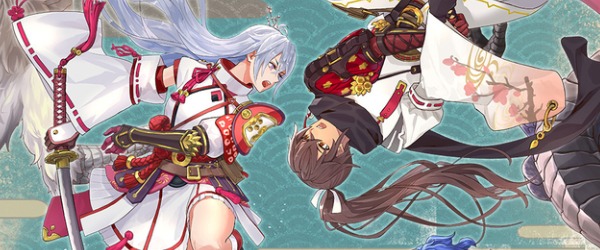
















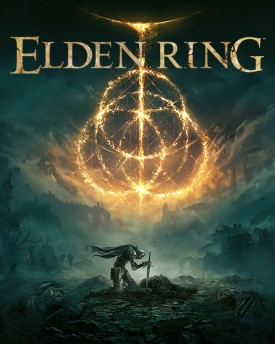



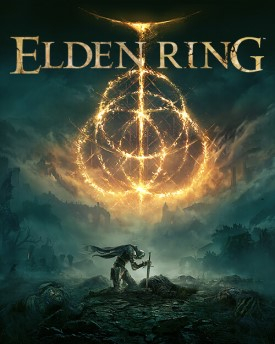

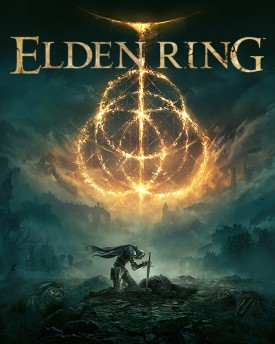

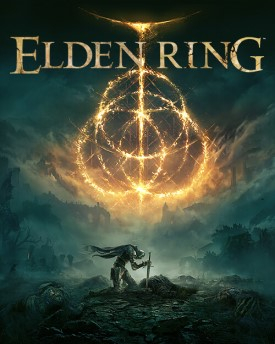

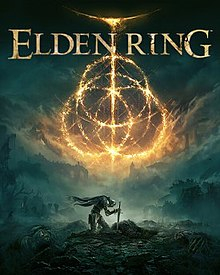

 Essay Pro
Essay Pro